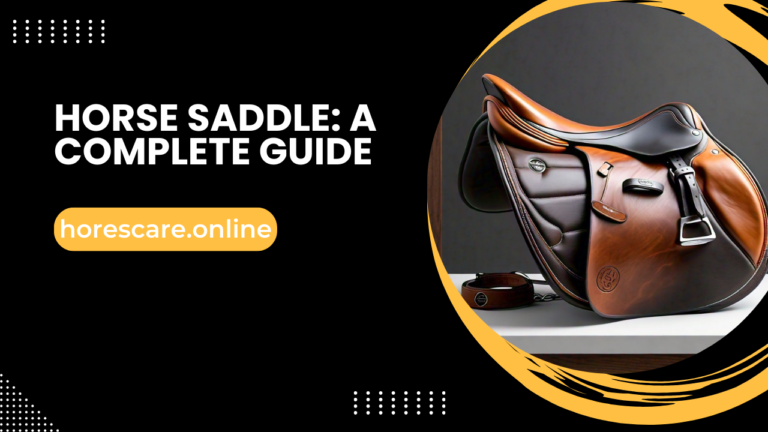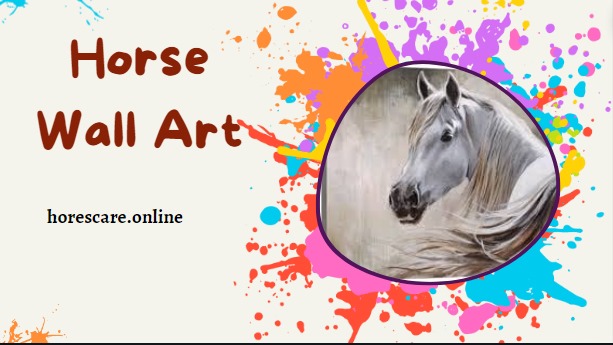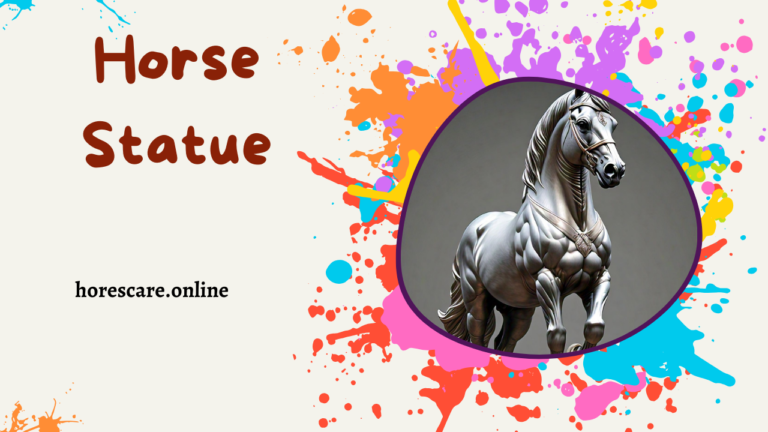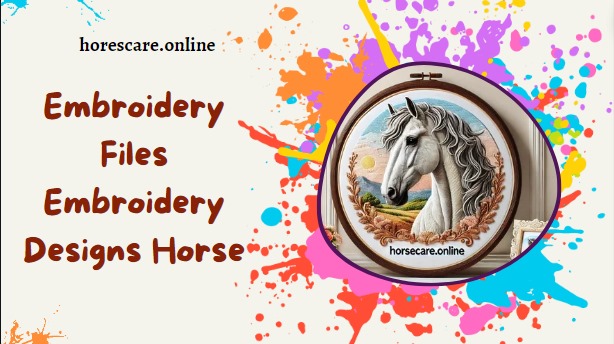Art Painting Horse: Artistic Soul of Equine Beauty
My artistic journey took a transformative turn when I discovered the subject of my deepest fascination in the art world: horses.
These noble beings have captivated the imaginations of artists for millennia and hold a special place in my portfolio.
This guide will delve into the art of painting horses, helping you transform a simple canvas into an evocative masterpiece.
Why Horses Capture the Artist’s Imagination
The Allure of Horses
Horses, with their compelling presence and expressive features, are more than just subjects for painting; they are muses that tell stories through their stance, gaze, and spirit.
From the raw power of a galloping stallion to the serene grace of a grazing mare, horses offer a range of dynamics that are both challenging and rewarding to capture on canvas.
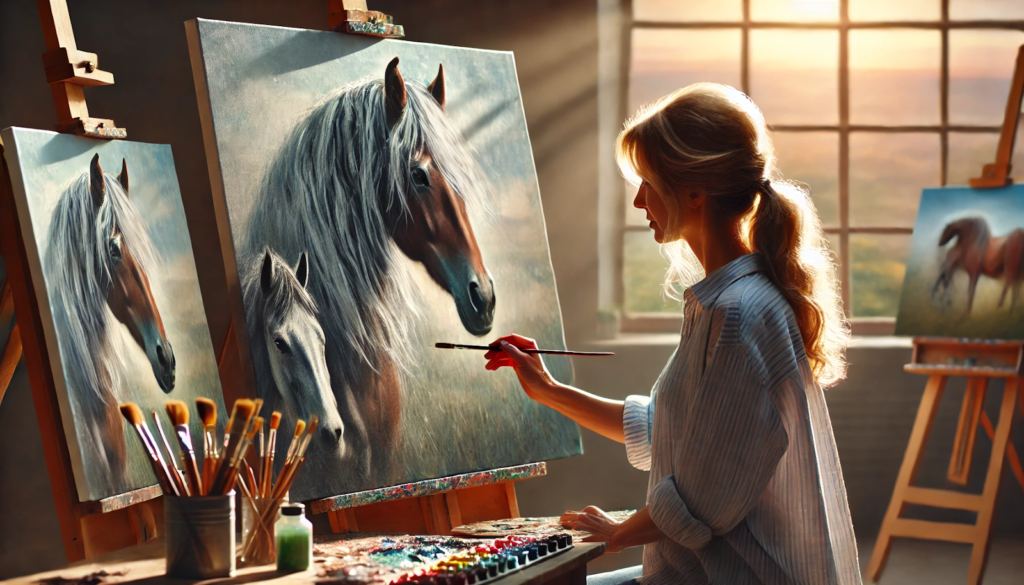
Your First Steps in Equine Art
Selecting the Right Medium
Choosing the right medium is pivotal. Whether it’s the immediacy of acrylics, the fluidity of watercolors, or the depth of oils, each medium brings out a unique aspect of the horse’s character.
Drafting Your Vision
Begin with light sketches to outline the basic posture and proportions of the horse. This foundational sketch is crucial for shaping the subsequent layers of your painting.
Must to Read
Techniques to Enliven Your Horse Paintings
Exploring Color and Shade
The choice of colors is vital in depicting the horse’s form and mood. Use contrasts between light and shadow to emphasize muscular definition and to inject life into your portrayal.
Depicting Motion
To effectively portray motion, study horses in their natural state—notice the flex in their muscles and the flow of their manes and tails. These observations will enhance the realism and vitality of your artwork.
Professional Insights for Exquisite Horse Paintings
Refining Details
Focus on the minutiae, like the texture of the coat and the sparkle in the eyes, which can transform a good painting into a great one. Employ smaller brushes for these finer details to achieve precision.
Setting the Scene
Choose a background that complements the horse, using subdued tones to keep the focus on the animal. Balance the composition to highlight the horse as the central element.
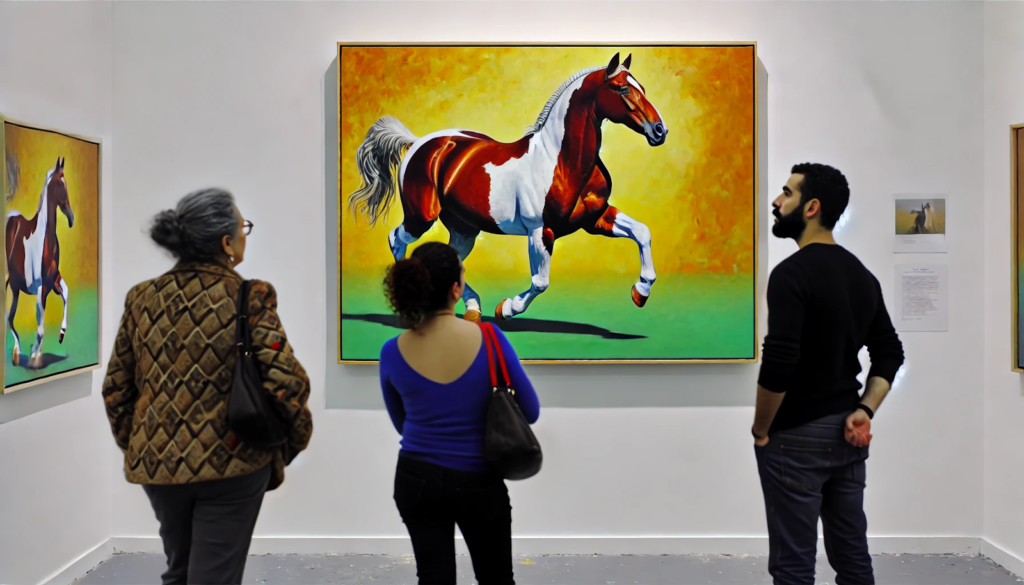
Conclusion
The journey of painting horses is about more than capturing their likeness—it’s about bringing their soul to the forefront of your art.
Each brushstroke not only portrays their physical beauty but also celebrates their spirit.
Let this guide inspire you to create art that resonates with both heart and imagination.


